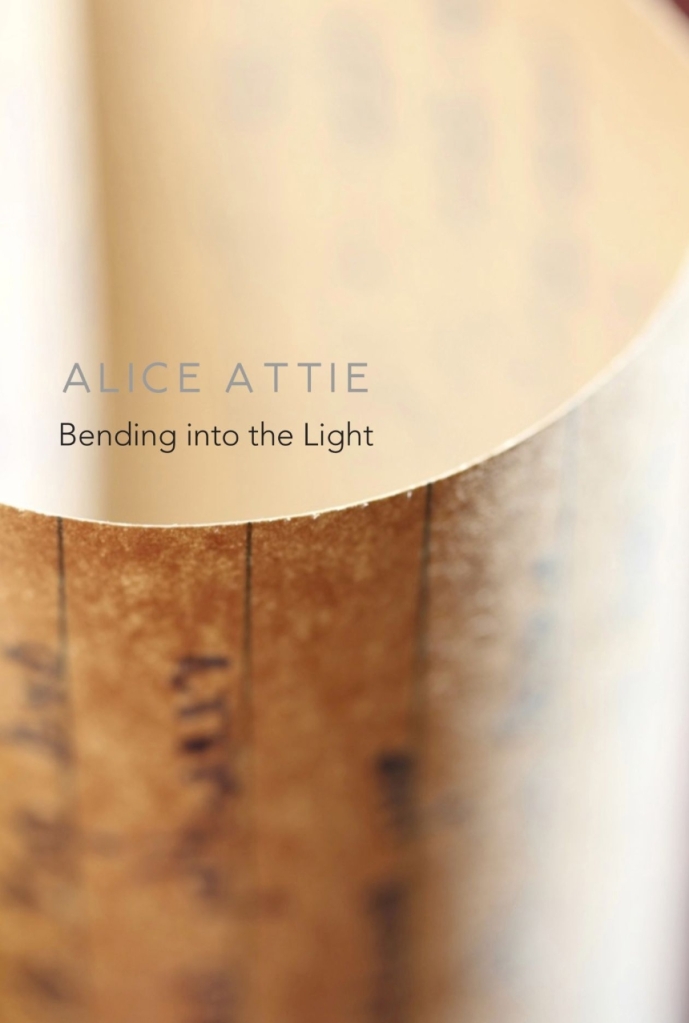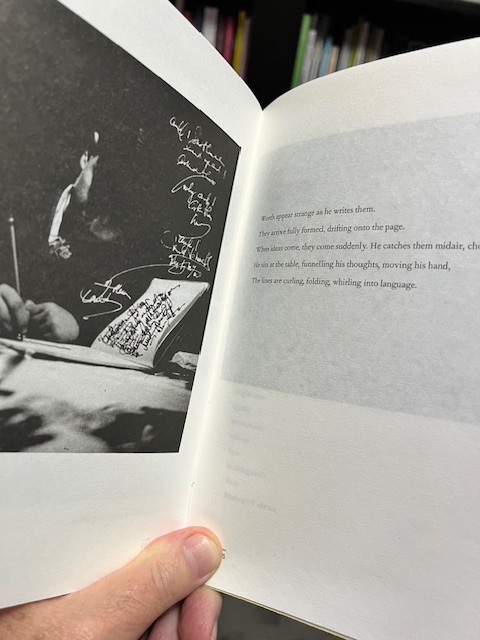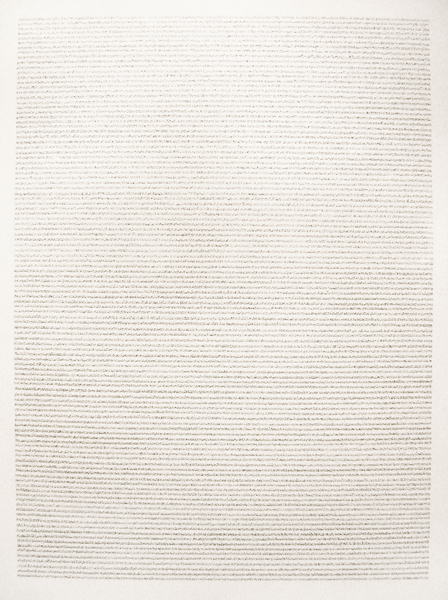Recently Read: Timothy O’Grady & Alice Attie
When it was first published in 1997 by Harvill, with the imprimatur of a Preface by John Berger, I Could Read the Sky was hailed as a great collaborative work of text and photographs that captured the special sadness and melancholy of Irish economic exiles everywhere. As he looks back on his life, the unnamed aging narrator recalls his youth in Ireland, the trip he made to England in search for work (along with so many other young men of his generation), the succession of back-breaking jobs he held over the years, and the woman he loved whom he has just buried. Timothy O’Grady’s text alternates between numerous b&w photographs by Steve Pyke, photographs which are made in the great tradition of photographers like W. Eugene Smith and Bruce Davidson, photographers who could move us with powerful portraits, emotionally strong images of land and labor, and sequences that tell a great story. Perhaps not surprisingly, I Could Read the Sky reminds me of the classic non-fiction book from 1967 written by John Berger with powerful photographs by Jean Mohr, A Fortunate Man: The Story of a Country Doctor.
Recently, London’s Unbound Press has brought out a fresh new edition of I Could Read the Sky with additional images by Pyke. O’Grady’s writing is visceral, direct, and yet it has a certain kind of poetry at times. Pyke’s photographs either punch you in the face or leave you staring full of emotion at something utterly human.
Ω
She straightens her back against the back of the chair
thinking about shapes, about words: her back against the back of the chair
how books lift their shapes among the branches
Shape is a word that shapes
from “Schubert in the Library”
For a poet like Alice Attie, who is also a visual artist, the shape of the poem is just as important as the words that comprise it. In her new book, Bending into the light (Seagull Books, 2023), every poem is carefully shaped into a visual presence. In the long tradition of visual artists leaving works untitled, Attie also leaves several of her poems without titles, simply lines on a page, like these two below.
Many of her poems are about nature, about the freedom of birds and the nature of light. But a number are about the materials she is working with—words—and about what makes a poem a poem. In short, she is trying to understand the process of how we go from seeing birds and observing light to converting those experiences into words which are then reimagined by readers.
Soon, illusions, like seeds, will scatter.
The real will overtake us
Pitching these sounds into grammar.
from “Fluencies”
She thinks about other poets and writers, like Wallace Stevens, Samuel Beckett, and George Oppen. She weaves some of Oppen’s own lines into one of her poems.
Yet I am one of those who from nothing but a man’s way of
from: George Oppen, “Of Being Numerous”
thought and one of his dialects and what has happened
to me
Have made poetry
In one sequence of five poems, Attie writes about photographs that are reproduced on the pages opposite. Three of the photographs were made by her late father and have marks drawn on them by Attie. One photograph by Attie shows a blackboard on which she had drawn a blizzard of white math-like symbols and markings. And the fifth photograph was found at a Paris flea market.
Many of Attie’s artworks are drawings or paintings that appear to be text-based, except that her texts are almost always scribbles or imaginary letter systems or pseudo-scientific symbols.








Terry , I read the Timothy O’Grady several years ago. A wonderful piece of writing which encapsulated the experiences of the ‘forgotten Irish” who helped recreate war torn Britain. My own ancestry predates the post 1945 Irish Diaspora but many of my friends were part of that movement to Britain for economic and social reasons. They, like me are ageing or have died. Many didn’t or couldn’t return for all sorts of reasons, some of which O’Grady hints at and which are also found in other authors such as Catherine Dunne: An Unconsidered People and in a very limited edition of a published work, by Allan Sharman: The Price and Pain of Migrant Poverty: Nineteenth century Irish & Scots Poverty in the far north of England.
Having experienced, “No Blacks, No Irish, No Dogs,” when looking at boarding houses in Cumberland, narrow sectarianism in Carlisle in the mid 60s and having spent long evenings with unskilled Irish labourers and professional Irish workers in my local Catholic Club in Carlisle, I can empathise with the characters in O’Grady’s book and those in the Dunne book. May I commend to you the Iarla O’Lionard album, I Could Read The Sky. It was the soundtrack to the film of the same name.
All good wishes and thanks for your blogpost, Mike
>
Mike, Thanks very much for your comments and suggestions. I will check them out! Happy new year!